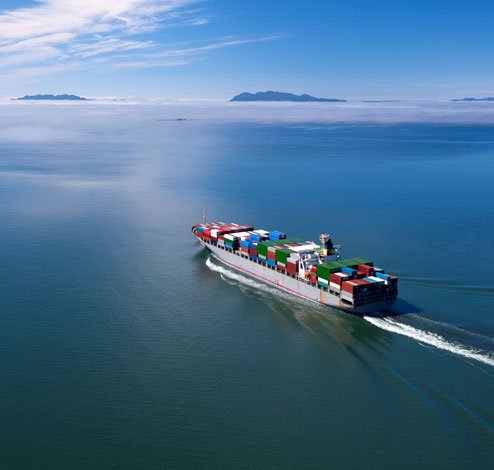
The customs clearance process is a journey. During that journey, it is essential that you have a good experience. Of course, there may be some questions and concerns about how to clear your imports at customs, but a reliable customs broker will be able to answer all of those questions. In addition to being informed and asking questions to your broker, perhaps the most important aspect of the customs clearance process is document preparation. Proper document preparation will save you and your customs broker a tremendous amount of time and frustration. There are four basic import documents you need in order to clear customs quickly and easily.
Commercial Invoice
This document is used for foreign trade. The commercial invoice contains detailed information about the products you are shipping internationally. The manufacturer, origin, destination, and HTS code are crucial to clear your freight. The person or company that makes the goods is the manufacturer. Calculating tariffs is the main purpose of a commercial invoice. A commercial invoice must identify the buyer and the seller. Other requirements of a commercial invoice include:
- Type of Packaging
- Description of Goods
- Shipping Information
- Date and Terms of Sale
Read and fill out the invoice carefully in English, as required by customs. It is important to include all information required on your customs invoices for clearance at the U.S. Port of entry.
Packing List
Provided by the shipper or freight forwarder, the packing list may be used by customs to check the cargo. The information from your invoice should also be on your packing list. It is for this reason that the invoice and packing list work together to provide essential information for the customs clearance process. The packing list should directly correspond with the invoice. Keep in mind, a packing list is not a substitute for a commercial invoice. A packing list only serves to confirm the cargo. The type of package must also be defined on the packing list. Goods can be transported in a variety of ways including a box, crate, drum, or carton.
Bill of Lading (BOL)
A Bill of Lading (BOL) is the document issued by the carrier to the shipper of goods. This document is essential for exporters to get paid and importers to get their merchandise. Should something happen to your cargo, a BOL is required for compensation in the event of any damage, delay, or loss. The BOL provides a tracking number to track your freight and includes international shipping details.
Arrival Notice

Your goods have arrived. This notice is provided by the carrier upon arrival into the U.S. territory. Please keep in mind, an arrival notice is not a release document. The consignee now has details to make customs clearance and arrange pickup. The fastest way for this process to unfold is by hiring a customs broker. Once the arrival notice is received, a manifest query is conducted to check the Automated Manifest Status (AMS) and facility location of the cargo, to validate the detailed transmission sent to Customs for a speedy transition without delays. As you can see, each of these documents work together to provide valuable information during the customs clearance process. Here at AFC International, we can help you clear your customs fast and easy, giving you more time to focus on your business. The AFC International resources page will help you get started with our customs clearance process.
Do you need to clear customs fast and easy? Contact us today at 800-247-2329 if you have any questions. You can also join the conversation by leaving us a comment below or by weighing in on Twitter.


Leave a Reply
You must be logged in to post a comment.